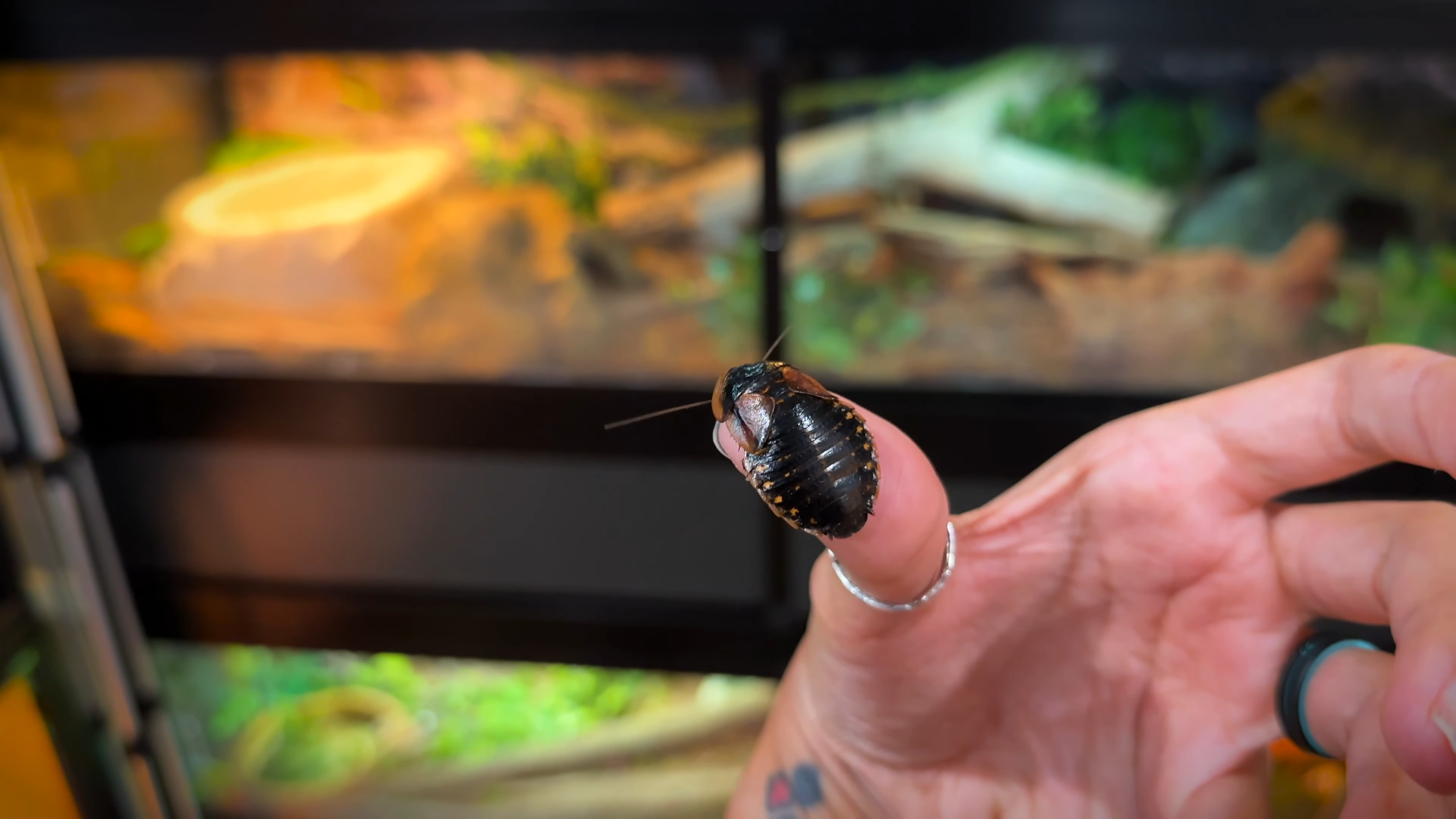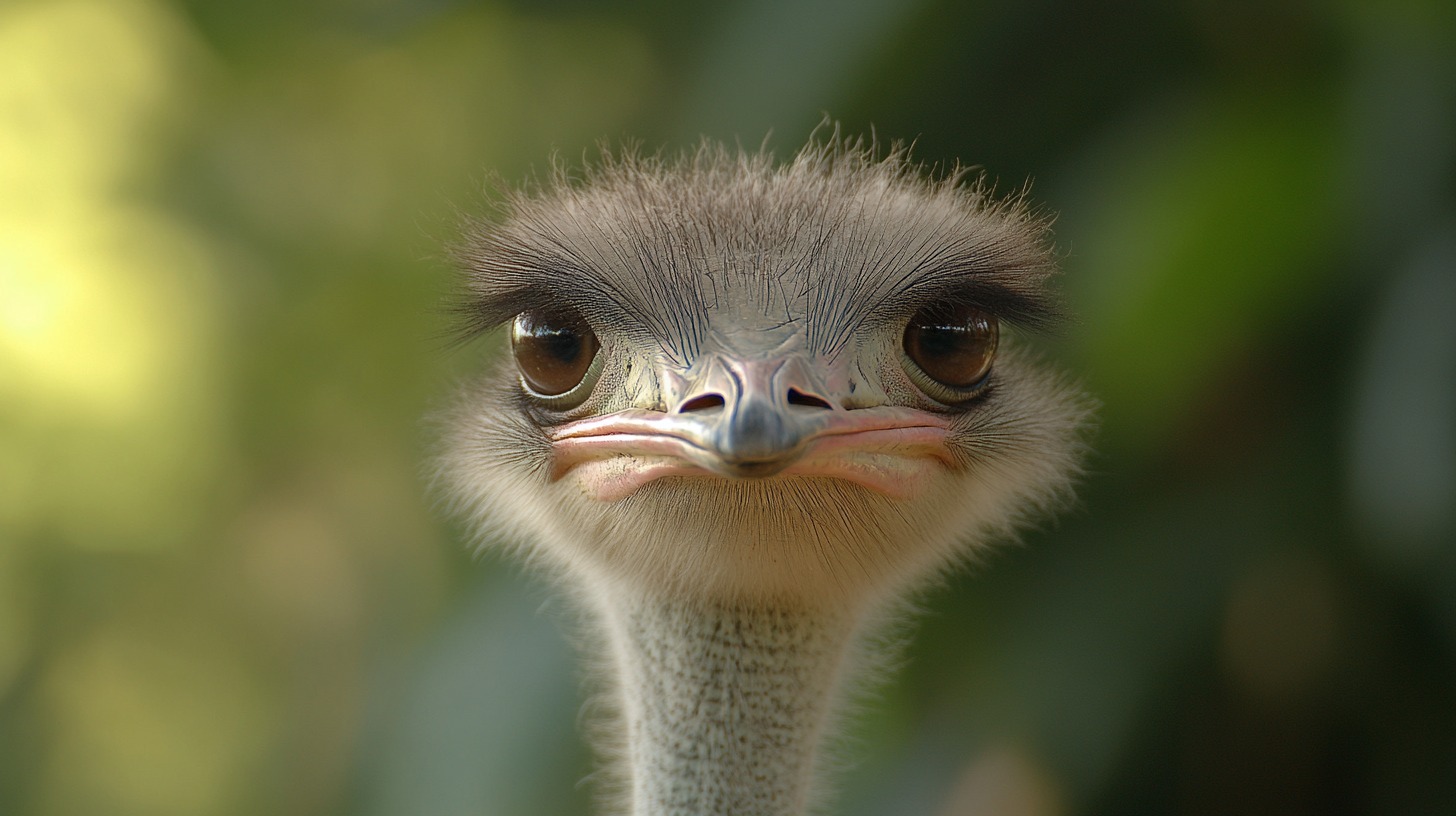
Share Post:
Yellow Crazy Ants are becoming an increasingly serious problem in many regions.
These invasive pests not only pose a threat to our gardens and homes, but they also disrupt local ecosystems.
By staying aware of these behaviors, we can take early action to address the infestation.
Now let us address the signs this infestation is occurring and other things you should know about them.
Table of Contents
Toggle1. Erratic Ant Trails and Behavior
Yellow crazy ants are named for their erratic movement. Instead of following straight lines, they zigzag in unpredictable paths.
This erratic behavior makes them stand out from other ants. We often see them moving quickly and chaotically when disturbed.
This type of movement can be spotted both indoors and outdoors. It’s particularly noticeable around entry points like windows and doors.
Their haphazard trails may also be observed near baseboards or in gardens.
2. Visible Nests in Moist Locations
Yellow crazy ants prefer moist environments for nesting. Common nesting sites include:
- Under rocks
- Under logs
- In soil.
We might find their nests in potted plants or other moist areas around the house. These locations offer the humidity these ants need to thrive.
Moist places like basements, bathrooms, and kitchens are prime spots. Keeping an eye on these areas can help us detect nests before they grow larger.
Seeing a large number of ants near a moist area is a strong indicator of a nest nearby.
3. Ant Activity Near Food Sources
Food attracts yellow crazy ants, particularly sweet substances. We might see these ants near sugar, syrups, or food scraps.
The ants are drawn to kitchens and dining areas, where they can easily find and carry off bits of food.
In addition to kitchens, outdoor picnic areas and garbage bins are common spots for ant activity.
Frequent presence in these areas can indicate a nearby infestation. Maintaining cleanliness and quickly addressing spills can help deter them.
4. Damage to Electrical Equipment
One of the more troubling signs of yellow crazy ants is their attraction to electrical equipment.
These ants are known to infest electrical outlets, boxes, and appliances.
Their presence can lead to equipment failures or even short circuits, posing significant risks.
We should regularly inspect electrical outlets and equipment for signs of ant activity.
Buzzing noises, malfunctioning appliances, or visible ants near electrical sources can be warning signs. Addressing these issues promptly can prevent costly damage.
5. Increased Ant Presence Indoors and Outdoors
Lastly, a clear sign of an infestation is an increase in ant presence both inside and outside the home.
We might see yellow crazy ants moving along walls, across floors, or in our gardens. Their numbers can grow quickly, making it crucial to act fast.
Regularly checking common entry points and other susceptible areas can help us monitor ant presence.
Since these ants form supercolonies, their numbers can reach overwhelming levels. Being vigilant and taking early action is key to managing their spread.
Yellow Crazy Ant Behavior and Habitat
Yellow crazy ants, known for their erratic movements and widespread invasion, have unique behaviors and habitat preferences that make them formidable invaders.
Foraging and Nesting Habits
Yellow crazy ants are omnivores with a broad diet. They feed on various insects, nectar, honeydew, and even the eggs of other insects.
These ants forage day and night, moving in a chaotic manner. They nest in soil, under rocks, in trees, and within leaf litter.
They prefer moist environments but can adapt to drier conditions. Their colonies are large and often have multiple queens, allowing for rapid expansion.
Preferred Environments and Their Expansion
These ants thrive in tropical and subtropical regions. They have been introduced to many areas, including islands and coastal ecosystems.
They often displace native species, disrupting local ecosystems. Yellow crazy ants establish colonies in diverse habitats, from dense forests to urban settings.
Their adaptability to various environments makes them a significant invasive species, affecting biodiversity and ecological balance.
Prevention and Control Strategies
To keep yellow crazy ants at bay, it’s imperative to prioritize cleanliness, use effective barriers, and consider professional pest control options.
These steps will help ensure a proactive approach to managing and eliminating infestations.
Home and Garden Sanitation
Keeping our homes and gardens clean is a cornerstone of pest prevention. Proper waste management is crucial.
Secure lids on trash bins to prevent ants from accessing food scraps. Regularly clean up food spills and crumbs, both indoors and outdoors.
Trim plants and remove debris that provides shelter to ants. A well-maintained yard with good garden practices reduces the risk of attracting ants.
Avoid leaving pet food outside, and store food in sealed containers. These steps help minimize attractants.
Implementing Physical Barriers
Physical barriers are effective in preventing ants from entering our living spaces.
Seal cracks and crevices in walls, doors, and windows using caulk or weather stripping.
Inspect and repair any gaps around your home’s foundation. Ant baits can be strategically placed around potential entry points.
These baits contain poison that worker ants carry back to their colony, targeting the queen and other ants gradually.
Professional Pest Control Services
For persistent infestations, professional pest control services offer specialized strategies.
Experts conduct thorough inspections to identify and treat problem areas.
They have access to effective insecticides and control methods that are not available to homeowners.
Licensed professionals can apply targeted treatments that address the root of the problem.
Regular inspections and treatments ensure that ant populations are kept in check. Engaging a pest control service provides reassurance and results that DIY methods may not achieve.
The Bottom Line
Yellow crazy ants are a serious problem if left unchecked. We’ve discussed the signs, and it’s crucial to take action when these indicators appear.
Monitoring should be a continuous process. Regularly check your property for ant trails and nests. This helps us catch infestations early before they become severe.
Effective treatment is key. Using baits with slow-acting poison can eliminate the colony, including the queen, with minimal impact on other species.















